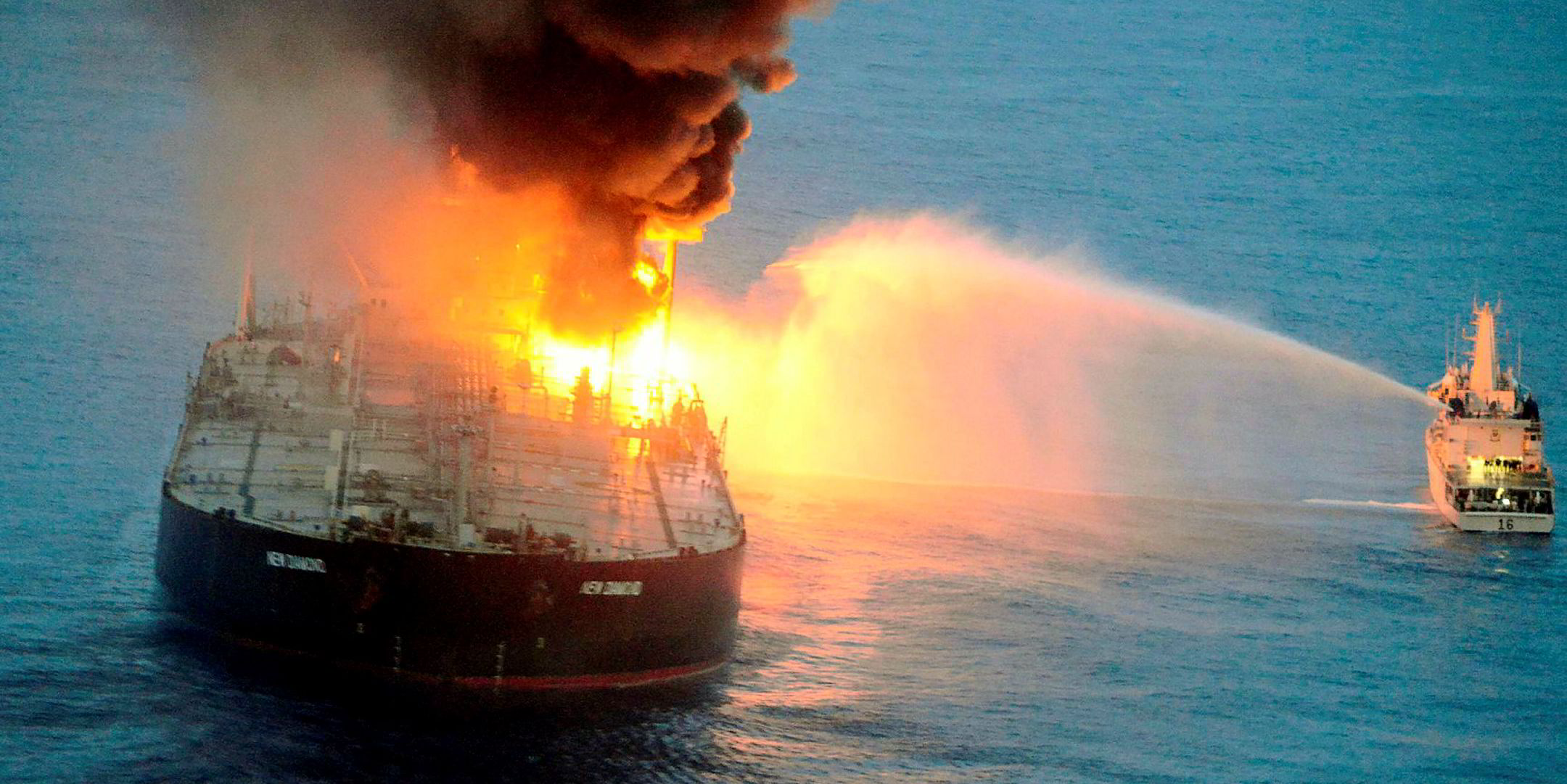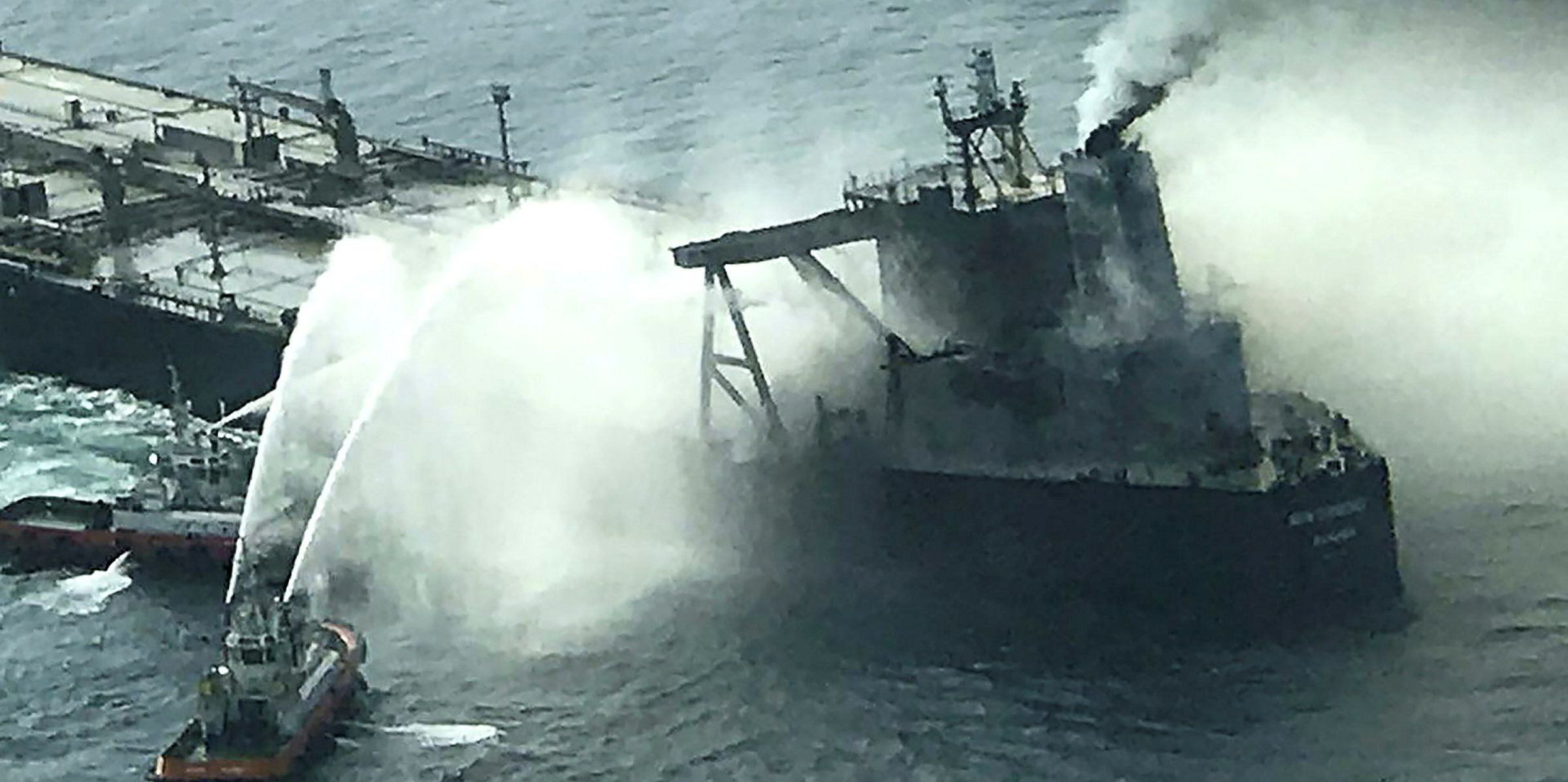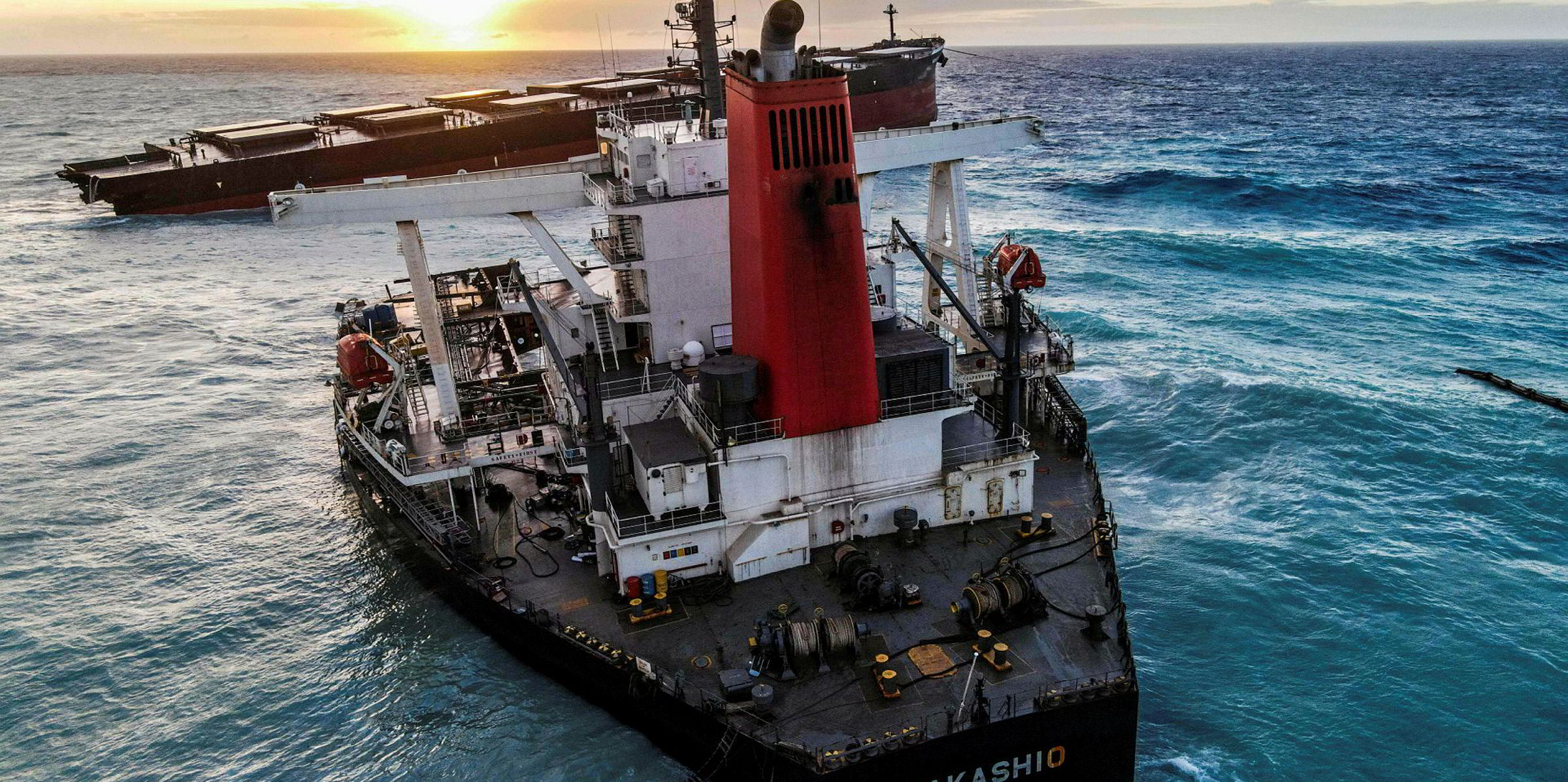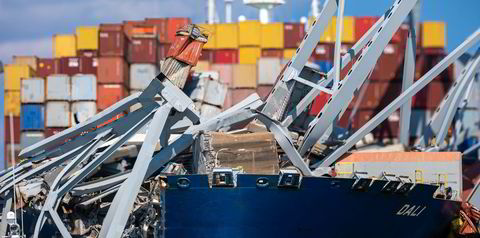A detailed cost benefit analysis commissioned by the UK government has concluded there is no economic justification for investment and upkeep of additional dedicated emergency towage vessels (ETV) in its waters.
The findings are particularly relevant as recent casualties — such as the grounding of the Wakashio (built 2007) and the blaze on the 300,000-dwt VLCC New Diamond (built 2000) — have revealed national coastlines are under threat from pollution and wrecks despite improvements in ship safety.
The incidents have shown a shortage of salvage capability around some of the world’s busiest shipping lanes and environmentally sensitive regions.
These issues have raised questions over whether governments should be doing more to protect their coastlines against the threat of a maritime disaster.
Likelihood of a disaster too remote
In short, the UK report found that the provision of ETVs could prevent catastrophic pollution after a major casualty. But, it said, these days the likelihood of such an accident happening is simply too remote to justify the expenditure.
It was commissioned by the UK’s Maritime and Coastguard Agency (MCA) because in 2011 the UK government removed four ETVs that had been protecting its waters in the expectation that the commercial market would replace them. Commercial salvors, however, did not fill the gap.
The report, written by consultants, Frazer-Nash and Solis Marine, concluded that the provision of salvage equipment paid for by the public purse is not necessary.

“The analysis indicates that the improving reliability and safety of vessels (most notably the legal requirement for double hulled tankers) results in there being no cost benefit analysis justification for the employment of ETVs within the UK Exclusive Economic Zone (EEZ). The underpinning rationale that could justify the provision of ETVs is to mitigate against large tanker spills, which are an infrequent occurrence,” it said.
Even though the report assessed the chances of a catastrophic pollution incident as “low probability” it conceded that there is a counter argument that “preventative measures are preferable to post incident recovery”.
In response to the report, the MCA said that although the conclusions are strongly against investment, it is still prepared to consider the need for improved salvage coverage.
'No quick answers'
Responding to the report, Russel Freeman from the MCA said: "There are no quick answers with this. The independent report makes it clear that there isn’t a definitive cost benefit to employing ETVs but because prevention is better than dealing with the result of an incident, there is an argument that says we do need them.”
Looking outside the UK, recent incidents such as the grounding of the 203,000-dwt Wakashio (built 2007) and the blaze on the 300,000-dwt VLCC New Diamond (built 2000) have shown that accidents with a high risk of pollution are happening and are perhaps not as “low probability” as the UK report suggests.
In the case of the Wakashio, it has been suggested that a lack of suitable salvage equipment meant that the vessel was unable to be refloated shortly after the grounding. The delays were to contribute to the the break-up of the hull and extensive pollution.
Mauritius, like the UK, has been relying on the commercial salvage market to provide cover.
Five Oceans Salvage usually bases its 102-tonne bollard-pull tug Ionian Sea Fos (built 1982) at the Mauritius capital of Port Louis. However, the ship was deployed in offshore towage work in the Far East when the Wakashio went aground.
Salvage companies say they simply cannot afford to leave tonnage lying idle waiting for a casualty to happen.
The International Salvage Union (ISU) said: “It is no longer possible to make a business from traditional salvage based on keeping tugs on station without other income streams.”
A look at the ISU’s own figures indicates that the salvage industry is going through a period of declining revenue and is even less likely in the future to be able to provide dedicated national emergency salvage equipment without financial support.
The salvage industry used to earn more than $700m annually before 2015 but since then it has been regularly earning about $400m annually.
The salvage industry also is going through a phase of consolidation and contraction. As earlier reported by TradeWinds, one of the largest salvage companies Ardent Global Marine Services has decided to exit the business because of the low returns.
Ardent contracted the 139-tonne bollard-pull tug Ievoli Black (built 2010) to the UK government to provide ETV coverage in the North of Scotland until 2021. The contract remains in place despite Ardent's withdrawal from salvage.
After 2021, the UK will have to decide on whether a replacement is required.






